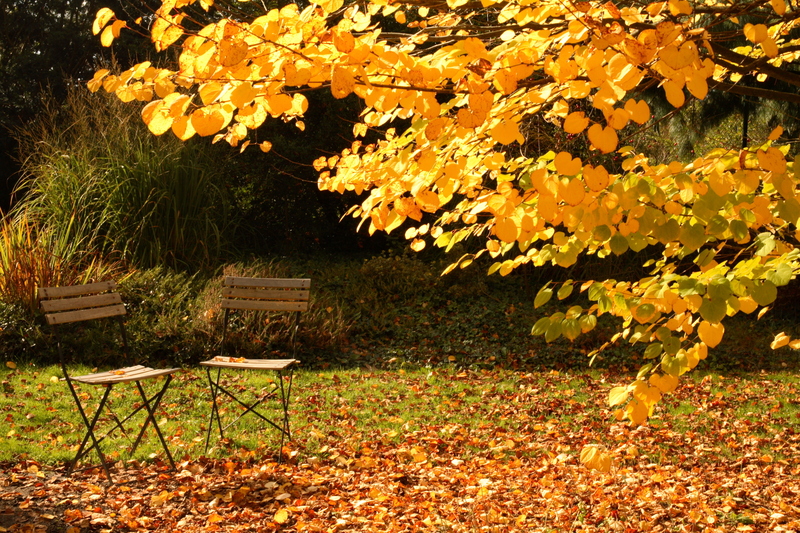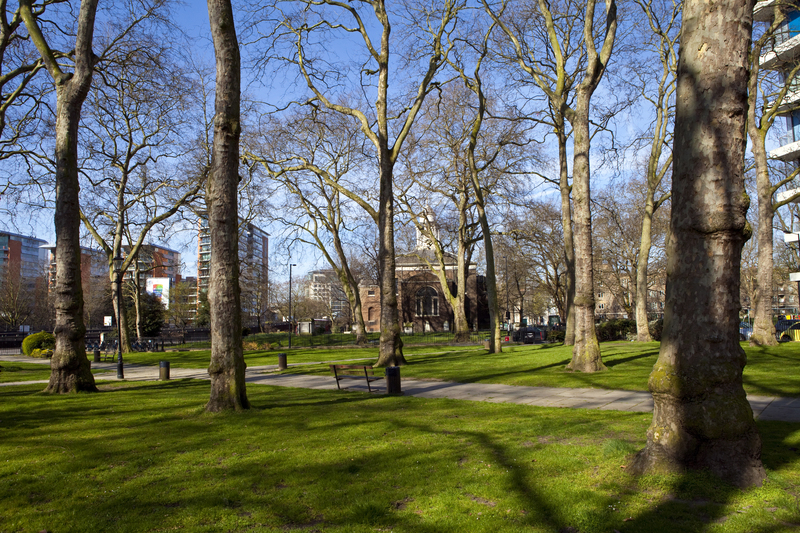Choosing Between a Greenhouse and a Polytunnel
Posted on 29/06/2025
As gardening enthusiasts look for ways to extend their growing season and optimize plant growth, the decision between a greenhouse and a polytunnel becomes crucial. Each structure offers unique advantages and challenges, making the choice highly dependent on individual needs, budget, and gardening goals. This comprehensive guide aims to shed light on the key considerations and help you make an informed decision.
Understanding Greenhouses
Greenhouses are permanent structures, commonly made of glass or polycarbonate, designed to create a controlled environment for plants. They are a staple in both hobbyist and commercial gardening due to their durability and ability to regulate temperature and humidity effectively.

Pros of Greenhouses
- Durability: Greenhouses are typically built with strong materials such as glass and metal frames, making them long-lasting.
- Controlled Environment: They offer excellent control over temperature, humidity, and light, crucial for growing sensitive plants.
- Aesthetic Appeal: Greenhouses often add a pleasing visual element to your garden or backyard.
Cons of Greenhouses
- High Initial Cost: The durable materials and construction complexity make greenhouses more expensive upfront.
- Fixed Location: Once built, a greenhouse cannot be easily relocated.
- Maintenance: Regular cleaning and maintenance are required to keep the glass or polycarbonate clear and effective.
Exploring Polytunnels
Polytunnels, also known as hoop houses, are semi-permanent structures made from plastic sheeting stretched over a series of hoops or frames. They provide a more affordable and flexible alternative to traditional greenhouses, making them popular among small-scale and budget-conscious gardeners.
Pros of Polytunnels
- Cost-Effective: Polytunnels are generally less expensive to construct and maintain compared to greenhouses.
- Flexibility: They can be easily assembled, disassembled, and relocated, offering versatile placement options.
- Quick Installation: Polytunnels can be set up relatively quickly without professional help.
Cons of Polytunnels
- Less Durable: The plastic covering is prone to wear and tear, often requiring replacement every few years.
- Limited Environmental Control: Polytunnels provide moderate control over environmental factors compared to greenhouses.
- Less Aesthetic: They may not blend as seamlessly into a landscaped garden as greenhouses.
Tips for Choosing the Right Structure
- Assess Your Goals: Determine your primary objectives - are you looking for a permanent structure for year-round gardening, or do you need something seasonal and flexible?
- Consider Your Budget: Factor in both the initial construction costs and long-term maintenance when comparing greenhouses and polytunnels.
- Evaluate Space: Ensure you have adequate space for the chosen structure and consider its integration into your current garden layout.
- Climate Considerations: Consider the local climate and how each structure will perform in different weather conditions.

Key Takeaways
- Greenhouses offer superior durability and environmental control but at a higher cost and with fixed location constraints.
- Polytunnels provide a cost-effective, flexible alternative with quicker installation and ease of relocation but less durability and control.
- Your decision should balance your gardening goals, budget, space requirements, and climate conditions.
Conclusion
Choosing between a greenhouse and a polytunnel is a significant decision that hinges on various factors including budget, durability, environmental control, and flexibility. Greenhouses offer a more permanent and aesthetically pleasing solution with precise climate control, making them ideal for dedicated gardeners willing to invest in their hobby. Polytunnels, on the other hand, are perfect for those seeking a lower-cost, flexible, and quick-to-install option for extending their growing season. By carefully evaluating your needs and resources, you can select the structure that best aligns with your gardening aspirations.







